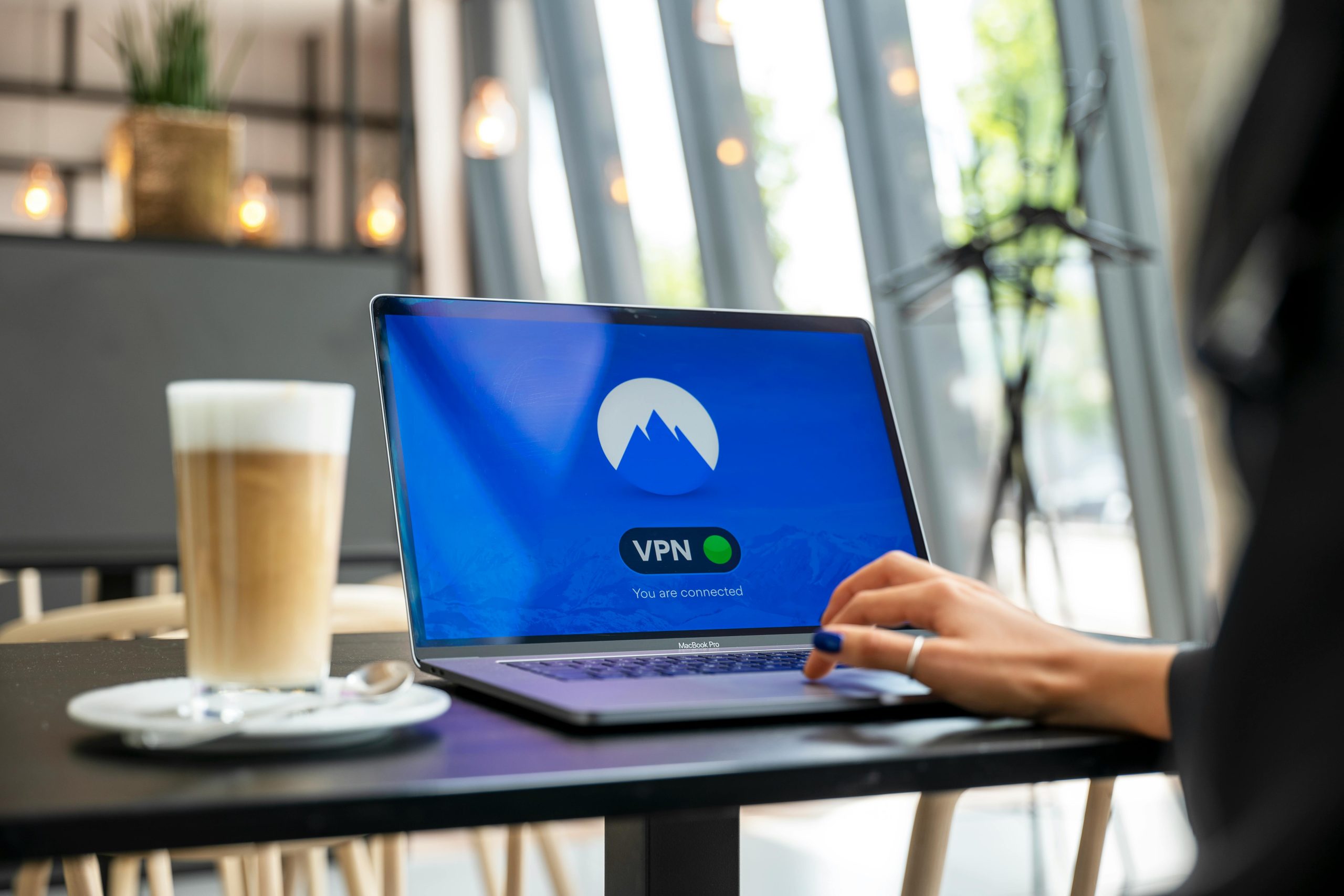Title: Simplifying Your Workspace: Does a Basic KVM Switch Suit Your Dell Laptop and Desktop Setup?
In today’s increasingly interconnected digital environment, efficiency and streamlined workflows are essential, especially for professionals juggling multiple devices. If you have a personal desktop PC and a work laptop, each with its own monitor, keyboard, and mouse, you may be seeking an effective way to manage them seamlessly. One popular solution is the use of a KVM (Keyboard, Video, Mouse) switch.
Understanding the Role of a KVM Switch
A KVM switch is a hardware device that enables users to control multiple computers using a single set of peripherals—namely a keyboard and mouse—and shared display outputs. By connecting your devices to the switch, you can switch control between your computers with a simple button press or keyboard shortcut, reducing clutter and enhancing productivity.
Would a Basic KVM Switch Work for Your Setup?
Given your scenario—using a Dell laptop and a desktop PC, each connected to individual monitors, with separate input devices—considerations include:
- Compatibility: Most basic KVM switches support standard HDMI, DisplayPort, or VGA connections, along with USB for keyboard and mouse control. Ensure the switch supports the video output types of your devices.
- Number of Monitors: If you are currently using only one monitor for each device, a traditional KVM switch can handle this setup. If you plan to integrate multiple monitors or different configurations, verify whether the switch supports multi-monitor output.
- Input Devices: As you are using separate keyboards and mice, a basic KVM switch with dual USB ports can typically accommodate this, allowing you to connect and switch between peripherals easily.
- Switching Method: Many KVM switches allow switching via push buttons, hotkeys, or remote controls—choose the method that best suits your workflow.
Potential Limitations and Alternatives
While basic KVM switches are generally suitable for straightforward setups like yours, some limitations may include:
- Compatibility issues with certain laptop video outputs
- Limited support for high-resolution displays or multiple monitors
- Possible lag or latency during switching
Alternative Solutions
If a KVM switch doesn’t fully meet your needs, or if you seek more advanced features, consider:
- Software-based KVM solutions: Applications like Synergy or Barrier enable keyboard and mouse sharing over a network, though they may require both devices to be powered on and connected via LAN.
- Docking stations: For laptops, a docking station
Share this content:



